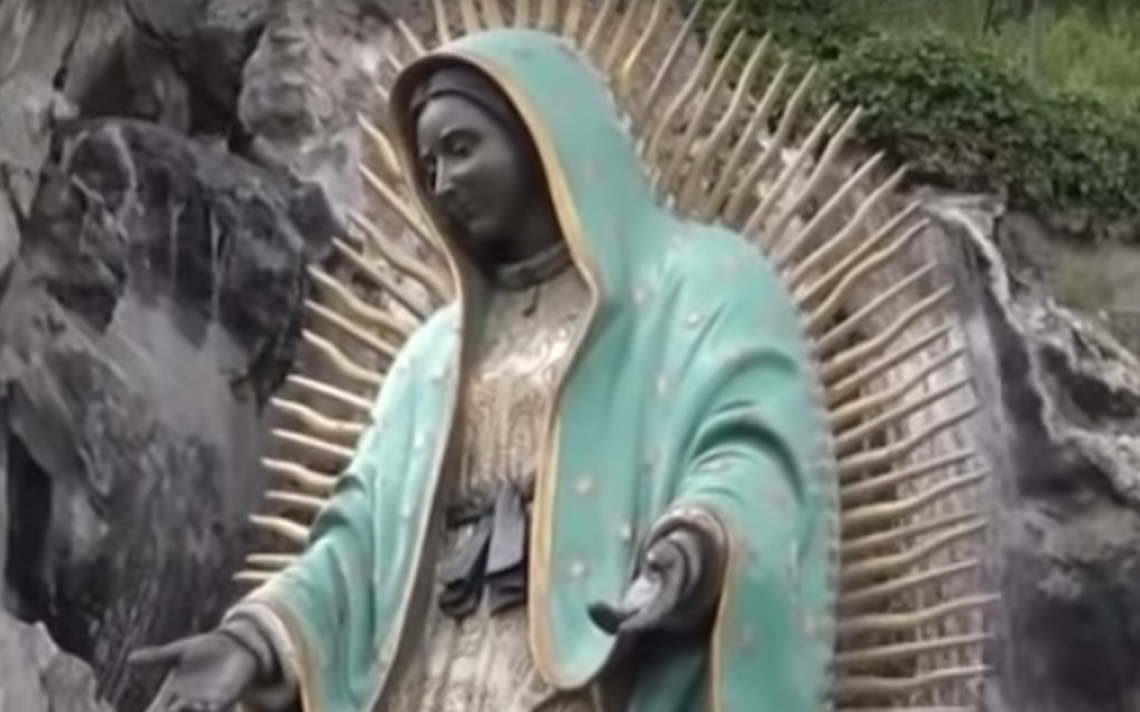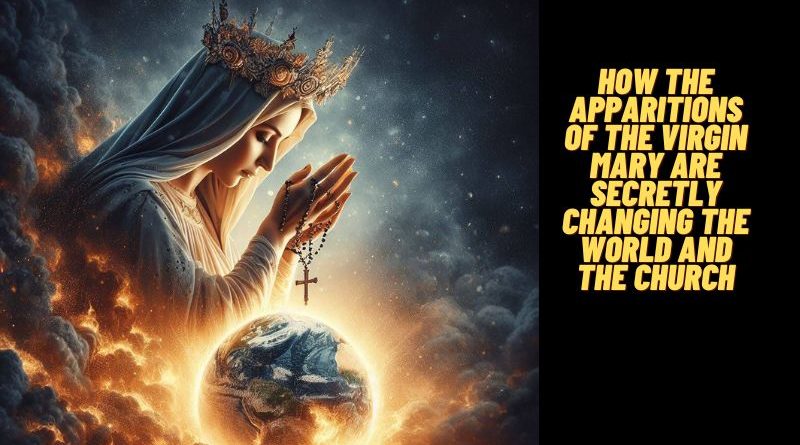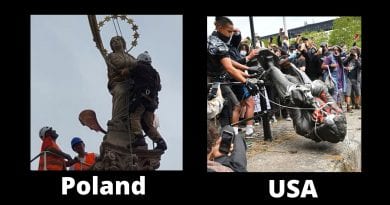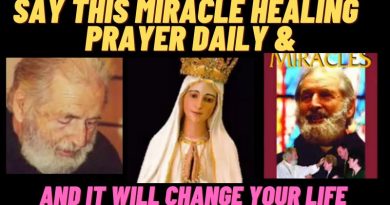How the Apparitions of the Virgin Mary are Secretly Changing the World and the Church
How the Intervention of the Virgin Mary in the last 500 years is changing the world and the Church.
500 or 600 years ago the world was fighting against hunger and disease
The Muslims had occupied Spain for centuries, and were in control of the Holy Land.
Columbus had discovered America inhabited by thousands of pagan indigenous people, who did not know God and made sacrifices.
A poisonous confusion within the Church corroded the faith of Christians, characterized by internal corruption and the presence of two popes, one in Rome and the other in Avignon.
And Luther launched the Protestant schism, dividing Christendom, and opening his Christianity to the influence of the world.
It was a time very similar to ours, from which it seemed difficult to get out.
But then we saw the forces of sin retreat before the presence of Our Lady.
Here we will talk about how 500 years ago there was a revival of faith and an unprecedented growth of Catholicism, through the Blessed Virgin, which we should pray for in our time.

The story begins in the year 711, when Islamic forces arrived in Spain from Africa and conquered much of the Iberian Peninsula as far as France.
The Muslims, known as Moors or Saracens, reigned over most of Spain for more than five centuries.
But everything changed around the year 1212, when Christian armies began to invoke the name and image of the Virgin Mary on the battlefield.
The many miraculous successes recorded led King Alfonso VIII to take Mary as his patron, fighting under a banner bearing Mary’s image.
The Reconquista had begun through a revival of faith through Mary!
It was at that same time that Our Lady gave the Rosary to the Spanish Saint Dominic, in the south of France.
With the rosary the Dominicans defeated the Albigensians, and their successes reached the crusaders of Spain.
And it served to give more vigor to the Spanish Christians in the fight against the Muslim invaders.
And then they paid homage to Our Lady through splendid paintings, hymns, military banners and prayers.
As they established themselves in the country, the Spanish kings made it clear that they were Marian Kings under a Marian monarchy, starting with Ferdinand III and then his son Alfonso X, both proclaimed saints.
They knew well who was behind their successes and they honored her.
Every time they were victorious, the mosques in the conquered cities were converted into churches and were named after Our Lady.
Stories from the time tell how Our Lady freed chained prisoners and saved those who saw imminent death at the hands of the Moors.
One story tells of a commander who, at the end of the day, saw that the sun would set before he could win the battle.
And kneeling, he prayed that Our Lady would “stop the day,” so that he and his men could emerge victorious.
And it happened as with Joshua against the Amorites, that the sun miraculously stood still.
Many miraculous things happened during this period.
And around 1326, in a newly liberated area of central Spain known as Extremadura, a shepherd had an apparition of the most beautiful woman dressed in dazzling white.
Who told him that he wanted him to unearth an image of himself where he indicated, and to build a church in the place.
A priest unearthed a box and it contained the image of Our Lady, along with a scroll with details of its provenance and illustrious history.
It was a miraculous image painted by Saint Luke, which Pope Gregory the Great had given to the bishop of Seville, Saint Leandro, in the 6th century.
And that when the city was attacked by the Moors in the year 711, the Christians had buried near what was known as the Guadalupe River.
This image was honored under the name of Guadalupe, and more miracles abounded, from one victory after another against the Moors.
To the point that in June 1492, Kings Ferdinand and Isabella went on a pilgrimage in thanksgiving for their victory in Granada, the last Saracen resistance in Spain.
Finally, under the banner of Mary, Christianity had retaken Spain after 781 years of Islamic occupation.
And riding the wave of their successes, the kings of Spain expanded their evangelical zeal by financing Christopher Columbus’s expedition to the new world.
On October 12 of that same year 1492, Columbus made landfall on the island of Guanahani, in the Bahamas, in the so-called Discovery of America.
And 4 decades later, between December 9 and 12, 1531, Our Lady appeared in what is now Mexico, to the Indian convert Juan Diego, miraculously healed his uncle, produced the miracle of Her image stamped on his tilma, and revealed to him Her name: Saint Mary of Guadalupe.
Many believe that what Mary said was mistranslated by the Spanish, that she actually said “Coatlallope,” which means “she who treads on snakes.”
But it does not seem implausible to think that María said “Coatlallope” to associate the Spanish and Mexican apparitions.
Because Mary also placed symbols of Christian traditions in her image stamped on Juan Diego’s tilma, to speak to the Aztecs in their language, allowing their explosive conversion.
On December 12, 1531, the image of Our Lady of Guadalupe was stamped on the tilma of the Indian Juan Diego.
And ever since, scientists have struggled to explain, unsuccessfully, how the image got there and its extraordinary attributes.
For example, the material of the tilma, which has maintained its chemical and structural integrity for 5 centuries, when replicas with the same chemical and structural composition last only fifteen years before decomposing.
The tilma does not appear to be painted, but rather the colors float above the fabric.
And his eyes have the qualities of a living eye and images of several people present at the moment Juan Diego opened the tilma can be seen in them.
These and other miracles have been the notable source of conversion to Catholicism of 9 million Aztecs and then of the entire continent.
And 40 years later, in 1571, an image of Our Lady of Guadalupe del Tepeyac sailed on the Christian flagship of the Battle of Lepanto.
King Philip II of Spain had given it to his half-brother, John of Austria, supreme commander of the Christian fleet at Lepanto, who placed it on the flagship.
Meanwhile, Pius V had put Christianity to pray the Rosary in the rear, so that Our Lady would give victory to the Christians against the Muslim attack.
And according to countless testimonies, the Virgin of Guadalupe played an important role, because she appeared in the sky during the battle, inspiring the Christian soldiers and terrifying the Muslims.
And at the same historical time, the Council of Trent managed to contain the advance of Protestantism in what is known as the counter-reformation.
The authority of the Catholic Church was reaffirmed.
The internal life of the Church was reformed, corruption was fought and the education of the clergy was promoted.
And there was an important Catholic cultural flowering.
At the center of this revival of faith are the words that Our Lady said to the Indian Juan Diego in 1531, which should resonate in our hearts “Do not be afraid, am I not here, who am your mother?
Today more than ever we should remember them because Their intervention changed history in a radical way for centuries.
And we hope He will do it again in our time, because He promised that in the end His Immaculate Heart will triumph.
Well, that’s it, what we wanted to remember about how the growth of Christianity and the Catholic reform had the Virgin Mary as the central protagonist, as it will also be in the future.





